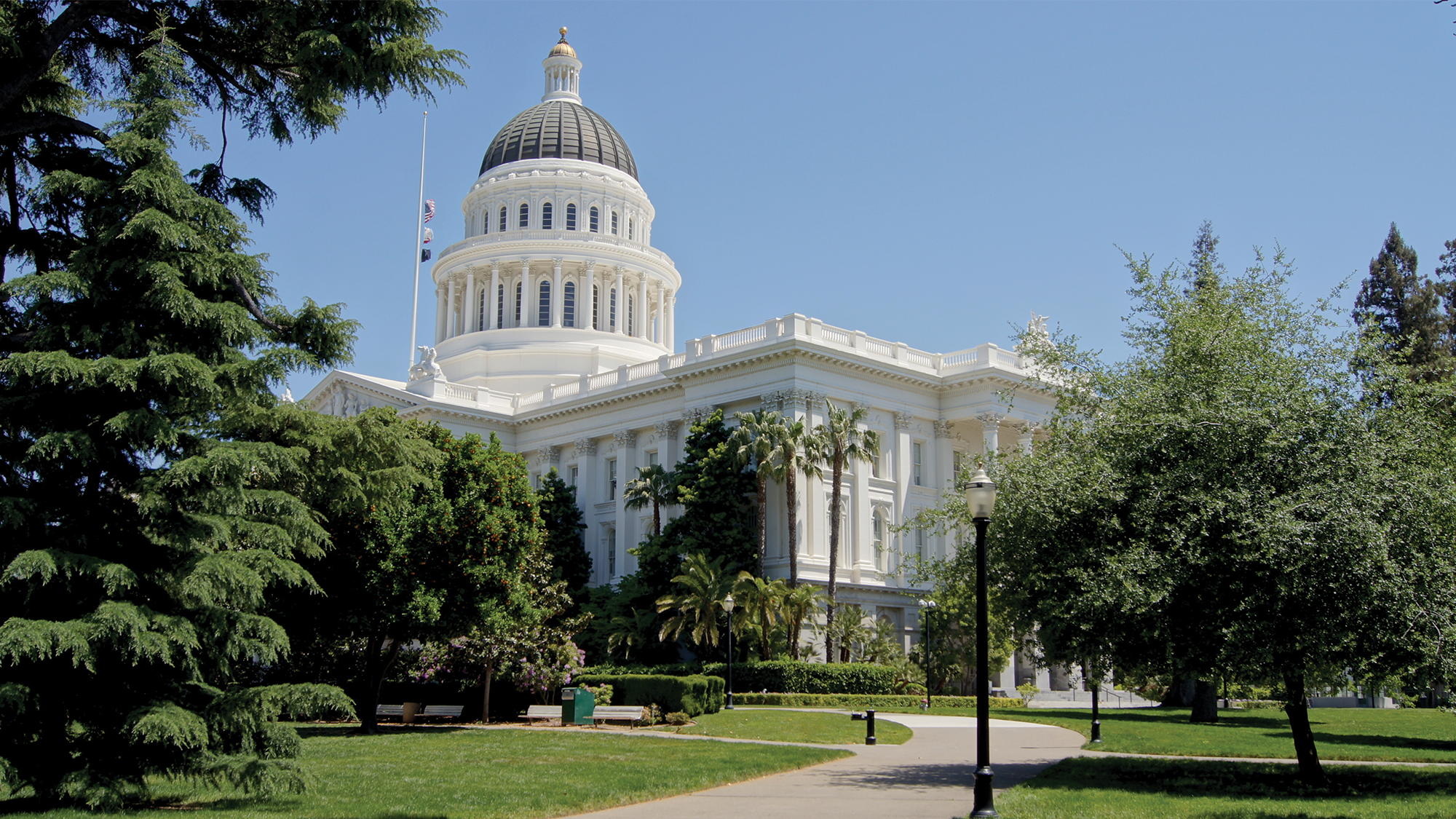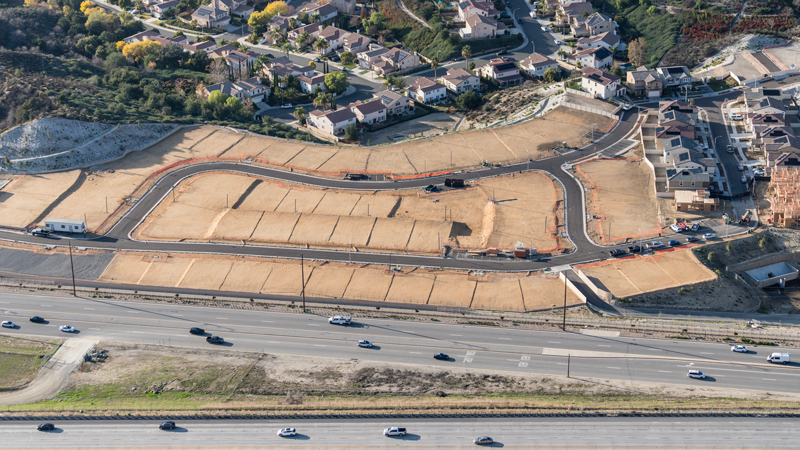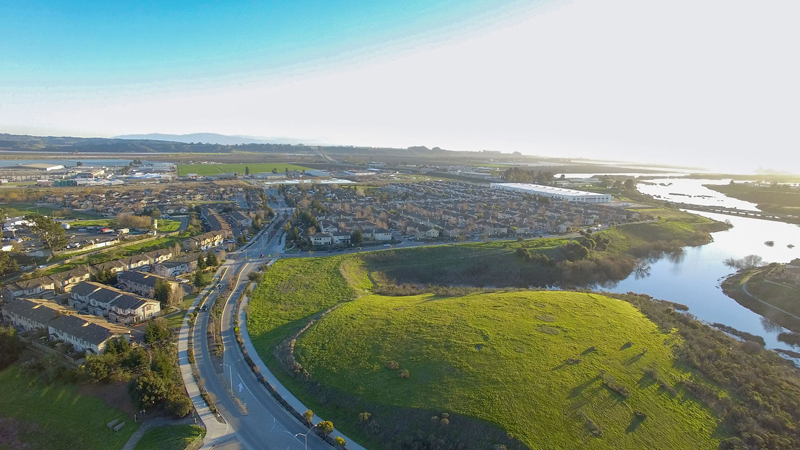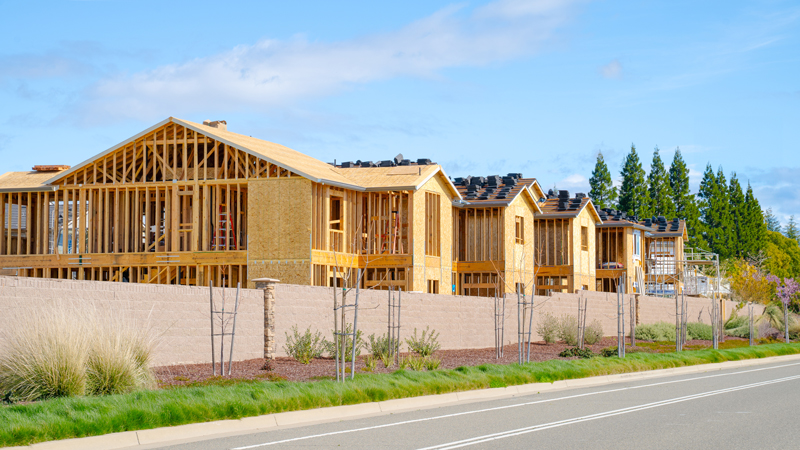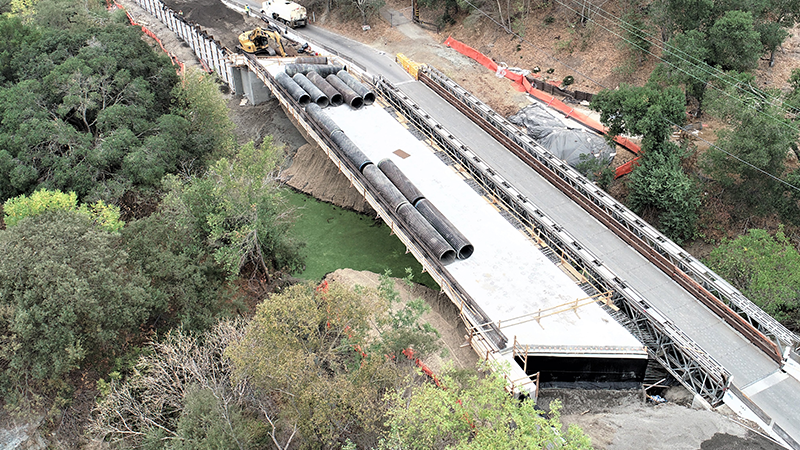Blogpost
2.9 minute read
June 06, 2017
When clients say, “We’re not getting the best value from our pavement repairs,” I suggest crunching the numbers to see what they reveal. We often find counterintuitive results that can help them squeeze 30% more value from their budgets.
Many times, these clients are in a culture that prioritizes repairing the roads in the worst condition. They want to address the most pressing issues because their budget won’t cover every need. However, Harris’ work with dozens of agencies proves that a greater emphasis on preventive maintenance generates better results and saves money over the long term.
Determine When to Act
A typical street has a life cycle of 25 to 30 years and deteriorates by 35% in its first 10 to12 years. Agencies often focus on streets after they’ve reached that level, but that’s not always the wisest move. Getting the best bang for your (often limited) buck depends on choosing the right roads to treat at the right stage of life: A “best value first” approach instead of “worst first.”
For example, rehabilitating one street could cost the same as applying preventive treatment to four streets, which might offer a better long-term value. These numbers reflect the different costs at various stages:
- Preventive treatment for a road with a Pavement Condition Index (PCI) over 70 costs $5 per square yard
- When the road deteriorates well below that PCI, a capseal or thin overlay costs $20 to $40 per square yard
- Once the road is below a PCI of 20, replacement can cost $130+ per square yard, or 30x the cost of preventive measures.
Bring in Extra Help
An experienced consultant, in tandem with your pavement management program (PMP) software, can aid your decisions. You present a goal PCI or budget and together we identify which streets deserve preferential treatment.
Each scenario will consider which repairs give you the best value:
- Roads with PCI of 70 to 89 are ideal for preventive maintenance. Roads with PCI of 60 to 69 could also fall in this category, but it’s more of a judgment call.
- If a road has a PCI of 20, your best bet may be to slide it down the priority list and review it in three years’ time when it has a PCI of 10. The repair cost is the same either way, after all, and in the intervening years you’ll save many other streets from the same fate.
Once you’ve decided which road repairs provide the best value, your PMP software can break down the efforts by neighborhood to make them more efficient. In the City of Daly City, for instance, our plan enabled repairs for one neighborhood at a time, saving mobilization costs and mitigating the effect on residents.
Imagine if you organized your repairs by neighborhood five years in advance. That would streamline your planning, offer residents plenty of notice and give your council members clear ways to see progress and accountability.
Steward Public Money Wisely
Focusing on “best value first” helps you stretch your agency’s limited funds. The icing on the cake? Giving prevention a higher priority will open doors to funding sources that incentivize agencies to spend more on that kind of treatment. It’s a virtuous cycle.
Have you tried different approaches to repair planning? What were your takeaways? Please share your experiences!
In Part II of this series on pavement management programs, I will discuss how MTC’s StreetSaver® technology can raise your asset management game.

